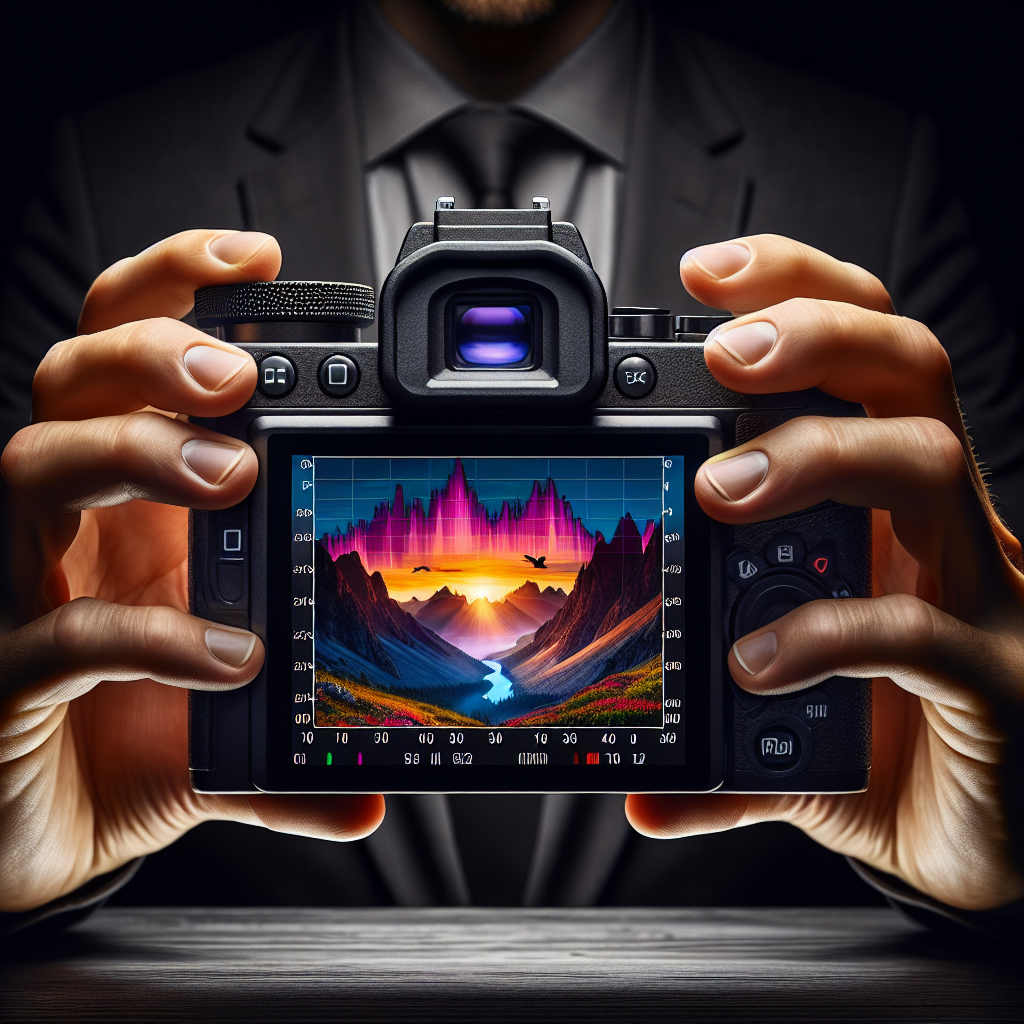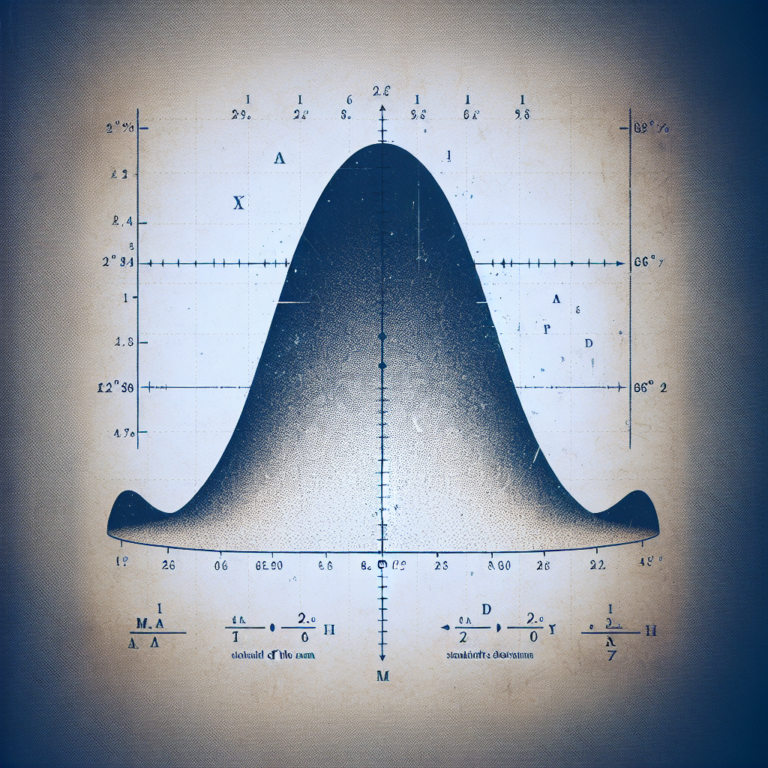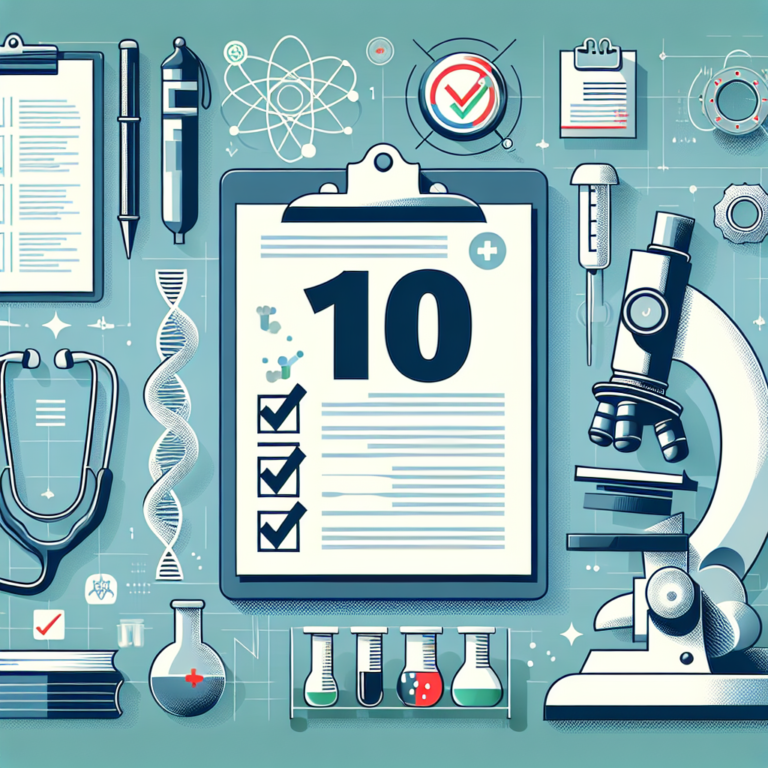Histograms are powerful tools in photography that can help you understand and improve the exposure of your images. By mastering histograms, you can take your photography to the next level and capture stunning photos every time. In this blog post, we will explore what histograms are, how to read them, and how to use them effectively in your photography. Whether you are a beginner or an experienced photographer, understanding histograms is essential for achieving great results in your work.
What are histograms?
In photography, a histogram is a graphical representation of the tonal values in an image. It shows the distribution of brightness levels from black (0) to white (255) in your photo. The horizontal axis represents the tonal values, while the vertical axis represents the number of pixels at each tonal value. By looking at the histogram of your image, you can quickly assess its exposure and make adjustments to achieve the desired look.
How to read histograms
To read a histogram, you need to understand the different tonal values and their distribution in the image. A histogram with a peak on the left side indicates that the image is underexposed, while a peak on the right side means the image is overexposed. A well-distributed histogram with peaks in the middle range indicates a properly exposed image. By analyzing the histogram, you can identify and correct exposure issues before taking the shot or during post-processing.
Using histograms in photography
Now that you know how to read histograms, let’s explore how to use them effectively in your photography. Here are some tips for mastering histograms and improving your photos:
-
Expose to the right: When capturing images, aim to expose them to the right side of the histogram without clipping the highlights. This technique can help you maximize the amount of data captured in your images and minimize noise in the shadows.
-
Bracket your shots: To ensure you capture the optimal exposure, consider bracketing your shots by taking multiple photos at different exposure levels. This technique allows you to select the best exposure later during post-processing.
- Use the histogram in post-processing: When editing your photos, refer to the histogram to make informed adjustments to the exposure, contrast, and tonal values. By fine-tuning the histogram, you can enhance the overall look of your images and achieve professional results.
Conclusion
Mastering histograms in photography is essential for creating well-exposed and visually appealing images. By understanding what histograms are, how to read them, and how to use them effectively, you can enhance your skills as a photographer and produce high-quality photos. Whether you are capturing landscapes, portraits, or events, histograms can guide you in achieving the perfect exposure every time. If you need assistance with statistical analysis services for medical photography, consider reaching out to StatisMed for professional support.
Remember, practice makes perfect when it comes to mastering histograms in photography. Experiment with different settings, analyze your histograms, and continue learning to improve your photography skills. With dedication and a keen eye for detail, you can take your photos to new heights and impress your audience with stunning images. Start incorporating histograms into your photography workflow today and witness the difference it makes in your work.
[ad_2]




